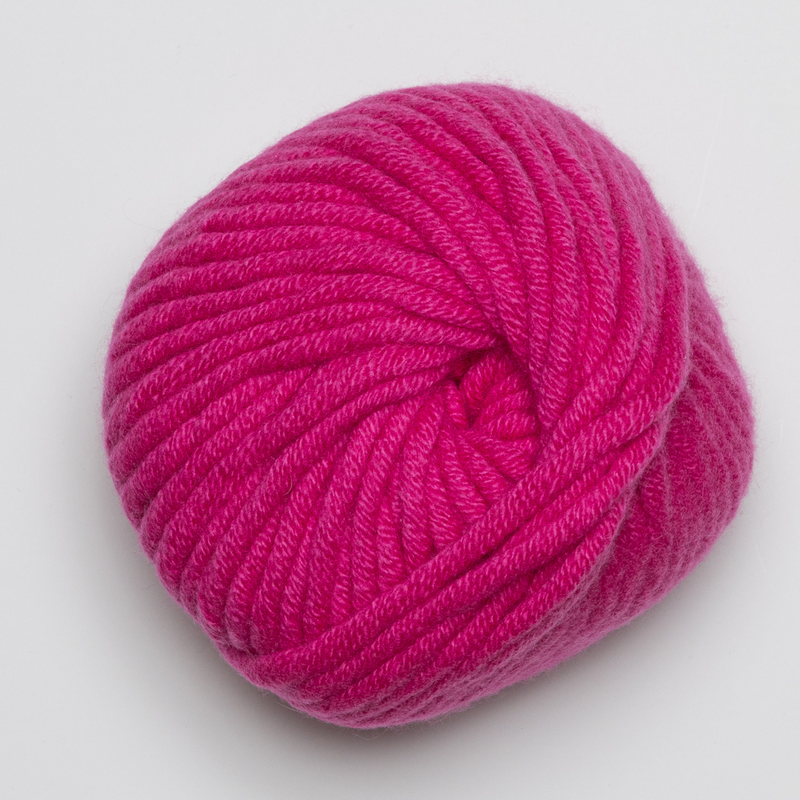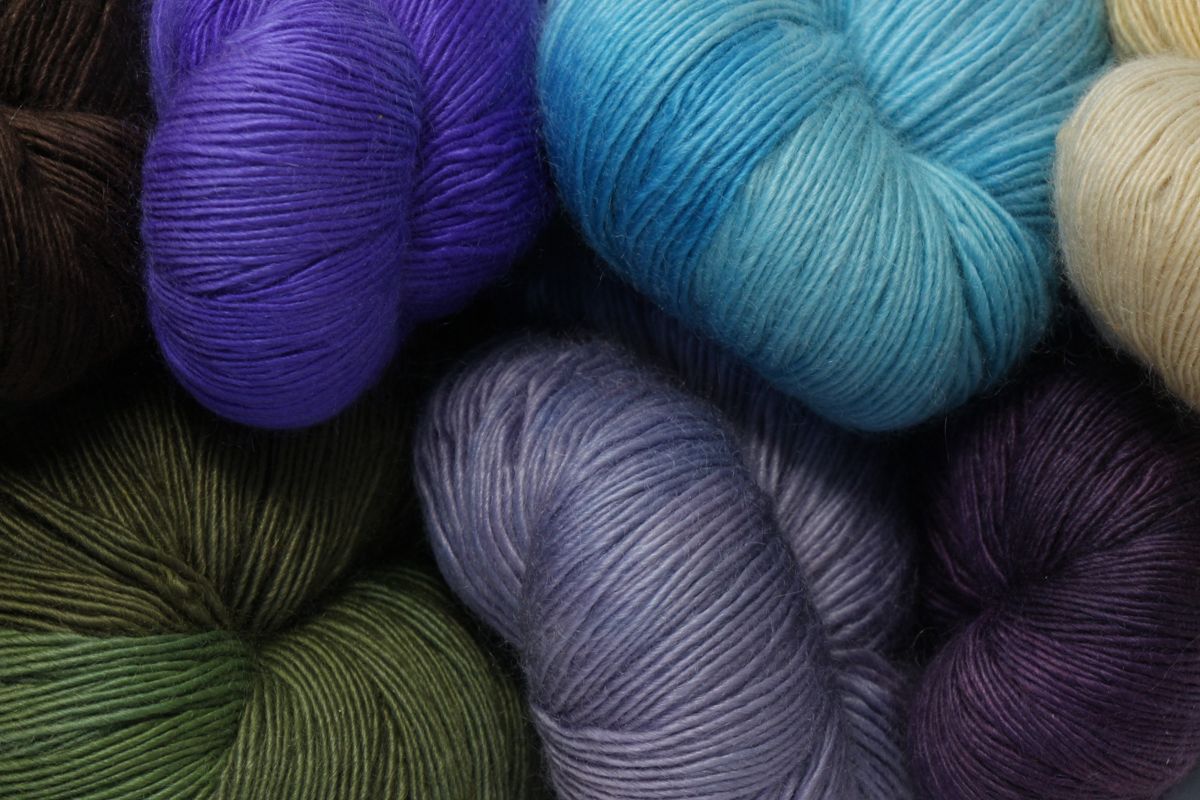The History and Perks of cashmere in Crafting Luxurious Clothing
The History and Perks of cashmere in Crafting Luxurious Clothing
Blog Article
Discovering the Numerous Kinds of Cashmere a Natural Fiber for Ultimate Luxury
Cashmere, an all-natural fiber, is frequently connected with luxury and comfort. Not all cashmere is developed equal. From the highly soft Mongolian selection to the lightweight warmth of Indian Pashmina, each kind presents its own one-of-a-kind functions and attraction. The much more cost effective Chinese cashmere, the conventional Scottish variation, and the premium Italian blend, all inform a various story of this amazing fiber. As we unravel the globe of cashmere, a deeper understanding of its real worth and sophistication starts to arise.
Recognizing the Glamorous Nature of Cashmere
Cashmere, typically linked with high-end and comfort, holds an unique allure on the planet of all-natural fibers. This soft, lightweight material is wanted for its phenomenal heat and exceptional toughness. Unlike other all-natural fibers, cashmere combines insulation with breathability, offering exceptional convenience throughout differing temperature levels. Its lustrous surface and soft appearance contribute to its premium appeal, validating the costs cost that typically features cashmere garments. In addition, cashmere's fundamental wrinkle resistance and flexibility boost its value, making it a preferred option for costs garments and devices. In spite of its delicate appearance, cashmere has a shocking strength, able to retain its shape and glamorous feeling in time. This one-of-a-kind blend of characteristics seals cashmere's position as a symbol of sophistication and extravagance.
Simply What Is Cashmere and Where Does It Come From?

Provided these outstanding high qualities, one may ask yourself regarding the beginning and make-up of this extravagant fiber. Cashmere is obtained from the soft undercoat of cashmere goats, largely found in Mongolia, China, Iran, and Afghanistan - is cashmere a natural fiber. These goats are adapted to severe weather problems, generating an extremely fine, soft underfur as a defense versus the bitter cold. This underfur, or undercoat, is what is harvested for cashmere. Each spring, when the goats normally lost their winter months coat, farmers comb the fine underhair, leaving the coarser hair behind. This precise process contributes to the deficiency and high expense of cashmere. With its beginning in the extreme landscapes of Asia, cashmere is a testimony to nature's capacity to create luxury from difficulty.
Translating the Different Sorts Of Cashmere
Recognizing the different types of cashmere is crucial to valuing the high quality and unique features of this luxurious material. Generally, cashmere is categorized into three types: raw, virgin, and recycled. Decoding these types is the very first action in comprehending the exclusivity and value of cashmere.

The Unique Qualities of Each Sort Of Cashmere
Having checked out the different groups of cashmere, it ends up being noticeable that each type boasts its special go to website collection of attributes. Mongolian cashmere, for instance, is renowned for its premium top quality, due to Mongolia's severe winter seasons that generate longer and finer fibers. Conversely, Chinese cashmere is often more cost effective, though its much shorter fibers can minimize sturdiness.
Why Cashmere Is the Epitome of Luxury in Style
Cashmere holds an esteemed placement in the globe of style, regarded as a sign of deluxe and sophistication (is cashmere a why not try this out natural fiber). Cashmere is obtained from the great undercoat of Himalayan goats, understood for their exceptional high quality fiber. Cashmere's unequaled convenience and resilience make it a sought-after product in the development of high-end garments.
The Refine of Making Cashmere: From Goat to Garment
The trip of cashmere, from being an undercoat of a Himalayan goat to a lavish garment, is a detailed one. With the arrival of springtime, farmers in Mongolia and China gather the woollen by combing the goats, making certain no injury is done. The gotten woollen includes coarse external hair and soft downy undercoat. This blend is then painstakingly separated, with just the soft down made use of for cashmere. This raw cashmere is cleaned, dyed and rotated right into thread. The yarn is then woven or knitted right into materials. The last step includes pushing and washing to give the textile its particular soft qualities and warmth. From goat to garment, each action is a testimony to the skill, creativity and perseverance index entailed in crafting cashmere.

Final Thought
To conclude, cashmere, with its natural sophistication and unrivaled convenience, preponderates worldwide of luxury fashion. The variety in kinds, varying from the soft Mongolian, lightweight Indian Pashmina, inexpensive Chinese, traditional Scottish, to the vibrant Italian, exposes the convenience of this all-natural fiber. The scrupulous process of transforming it from a goat to a garment even more includes to its exclusivity, making cashmere the embodiment of class and deluxe.
Cashmere, a natural fiber, is often linked with high-end and comfort (is cashmere a natural fiber).Cashmere, typically linked with luxury and comfort, holds a distinct appeal in the world of all-natural fibers. Unlike other natural fibers, cashmere combines insulation with breathability, supplying unrivaled comfort across varying temperature levels. Cashmere is derived from the soft undercoat of cashmere goats, mostly discovered in Mongolia, China, Iran, and Afghanistan. Cashmere is acquired from the fine undercoat of Himalayan goats, understood for their premium high quality fiber
Report this page